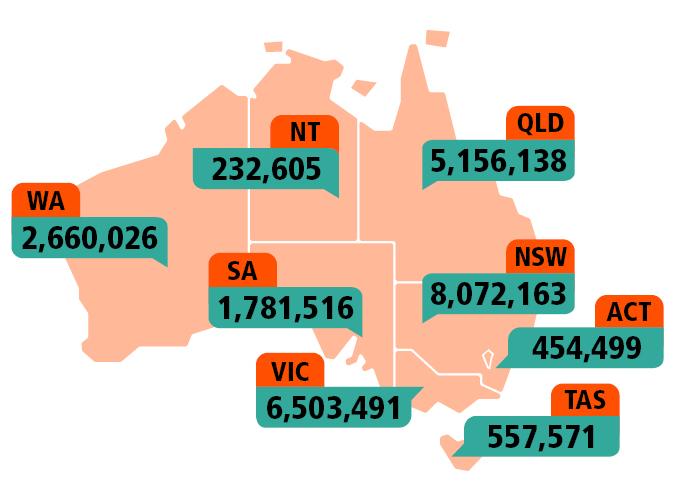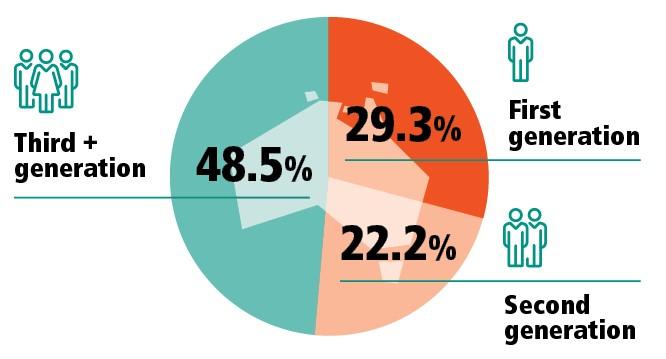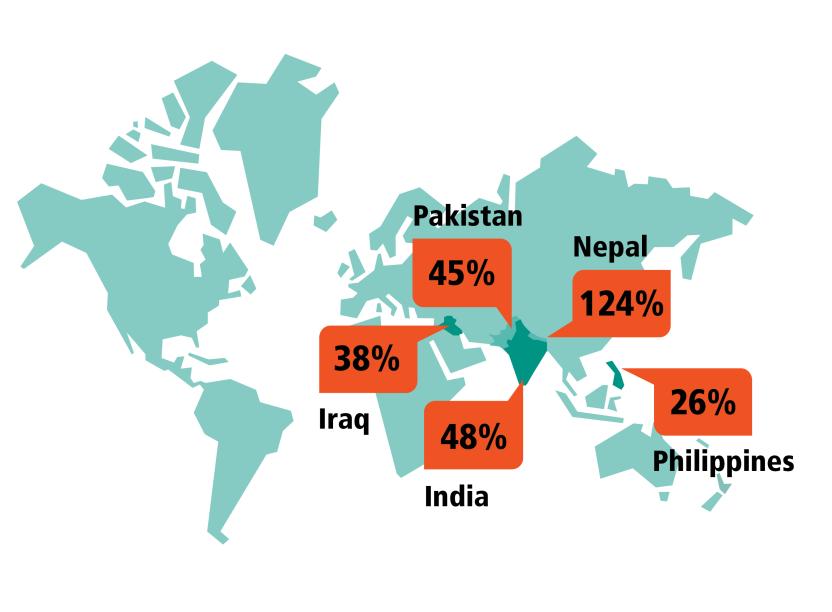On Census Night, Tuesday 10 August 2021, many parts of the country were in lockdown or subject to border restrictions. The data has been reviewed with consideration of COVID-19 impacts.
International border restrictions were in place and the 2021 Census counted 61,860 overseas visitors, significantly less than the 315,531 in 2016.
We can see that lockdown and travel restrictions influenced where people completed the Census:
- Census household response rate increased from 95.1 per cent in 2016 to 96.1 per cent in 2021
- the percentage of households completing online increased to nearly four out of every five forms received (79 per cent)
- more families and households were together on Census Night, and therefore together in the data
- 984,809 people completed their Census form while away from home
- the eastern states saw an increase of people at home, while the Northern Territory and Western Australia had an increase in visitors.
Source: Usual address indicator Census Night (UAICP).
COVID-19 restrictions also impacted where people worked.
- Of the 12 million employed Australians, more than 21.0 per cent (2,531,262) worked from home on Census day.
- People in the eastern seaboard states were more likely to work from home, with 31.0 per cent (1,141,467 people) in New South Wales and 25.7 per cent (814,082 people) in Victoria. In the Northern Territory, 4.2 per cent (4,545 people) worked from home.
- For people living in capital cities, one in four reported working from home compared with one in eight people outside of capital cities.
COVID-19 restrictions impacted hours worked for some people. 6.5 per cent (787,382) of employed people worked zero hours in the week before the 2021 Census, compared to 3.5 per cent (369,189 people) in 2016. Zero hours accounts for people away from work for reasons such as taking leave or unable to work due to lockdown or self-isolation.
Source: Method of travel to work (MTWP), Hours worked (HRSP).






